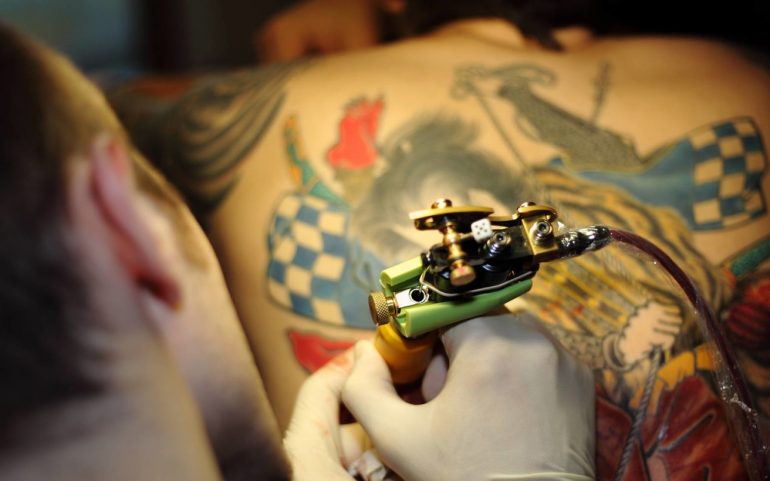For most people on the planet, tattoos are now in vogue. Whether one has "struck" a design on one's body or not, one can only admit that tattoos from a trademark of the prison guards have today become something that is a little far from the το "must"!
For some people, however, tattoos are still out of fashion. They are something like medals. It is like drawing the book of their life on their body. These people are gang members. There are many examples of brutal thugs who mark their bodies with tattoos that are in fact evidence of the crimes they have committed.
This tactic is not new, it is not even of the last decades. It comes from the past and still causes the same terror it did then. The "inventors" of this symbolic and blood-stained tattoo are the Japanese mobsters. The members of the legendary Yakuza.
Each of the tattoos that "hit" on their body, hides a whole story behind it.
The legendary Japanese mafia

According to tradition, the roots of Yakuza are lost back in time. According to one of the prevailing theories, their history begins in the 17th century. It was then that a group of samurai who went against the traditional rules of "bushido", fell into disfavor and lost all their privileges.
Then, in order to survive, those samurai joined forces and started organized raids aimed at robberies but also blackmails and terrorism of the local population in general. Most come from two classes created in the mid-Edo period. The Tekiyas and the Bakutos. These two classes gradually began to share the fields of crime and over time became the absolute rulers.
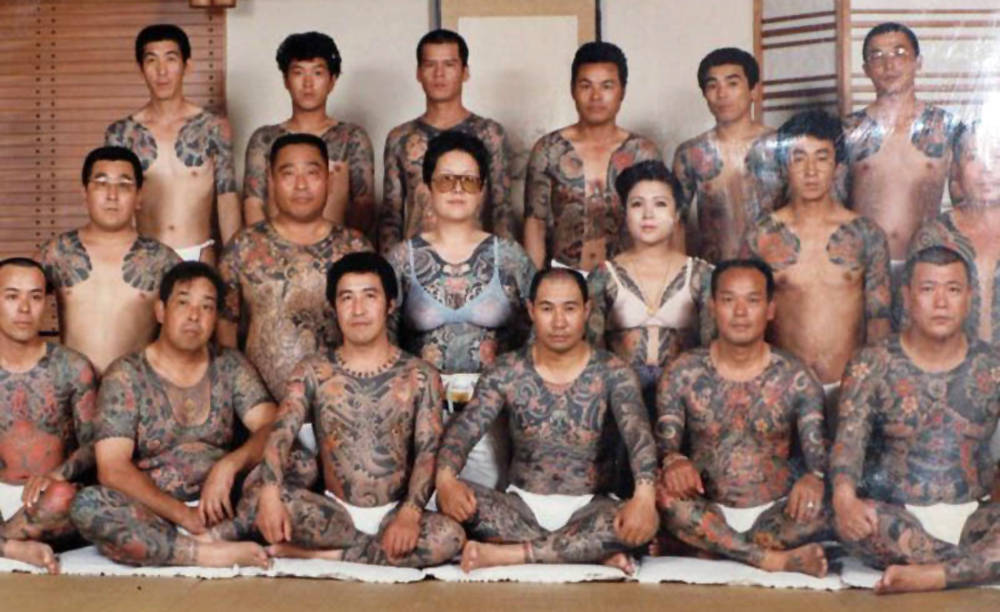
Modern members of the Yakuza deny this historical version of the birth of the Japanese mafia. They insist that Yakuza are the untouchables of society. Those who refuse to be "pounded" according to the Japanese proverb "the protruding nail must be pounded".
The members of the largest organized crime "company" in the world emphasize that Ya-ku-za means 8-9-3 which is the worst card in the Japanese card game "Hana Kunda" (something similar to the western blackjack) in which the winner is the one who will collect 19!
Yakuza today

The Japanese police call Yakuza a "borokundan" or "violent group". They call themselves "ninkio dai", which means "knightly group". The Japanese consider Yakuza a necessary evil as -as they say- without her, unorganized crime would turn the streets of big cities into a jungle!
The modern form of the Yakuza began to take shape in 1930 amid the Great Depression. It grew in 1945 with the end of World War II where its members όπου excelled on the black market and initially reached 1960 members in the 184.000s and in 1990 corresponding to over 190.000! In the new millennium it experienced a great decline and reached the number of 90.000 active members who in the vast majority belonged to five large families that controlled organized crime and which in turn are divided into hundreds of smaller subgroups.

Today, Yakuza has transformed into a semi-legal criminal organization, as many of its members (barely over 50.000 in total) fall under a special legal framework and are controlled by the state. They continue to be active and to a large extent completely control illegal gambling, money laundering, blackmail, usury, drug trafficking and white meat, but also execute death contracts), but now they also maintain legal companies!
Cut fingers and full body tattoos

A trademark for the members of the Yakuza are the full body tattoos and the cut fingers. "Yubitsume" as it is called in Japanese, the ritual cutting of the fingers, is a kind of self-punishment for the mobsters who fall into misdemeanors.
In the first mistake, the culprit cuts the first phalanx of the little finger of his hand and offers it to the leader. In the second offense he cuts the second phalanx of the same finger and then continues on to another finger and so on. Of course, all this does not happen by chance. There is a specific reason and symbolism. It has to do with the way the Japanese hold the sword. Squeeze it hard with the last three fingers, while giving the direction they want with the index finger and thumb, which are more relaxed when held.

Thus, the self-punishing mobster becomes practically incapable of using the sword, which symbolizes his repentance and his intention to leave his safety to the members of the group to which he belongs, thus showing his devotion.
In addition to the severed fingers, the members of the Yakuza are also distinguished for the famous irezumi. The almost full body tattoos, which are special samples of artistic tattooing.
Today these tattoos are done with all the modern tools. Until a few years ago, however, they were made exclusively with the traditional method, where the ink is inserted under the skin without power tools but with bamboo needles in order to show determination and resistance to pain.
What do the tattoos of Yakuza members symbolize?
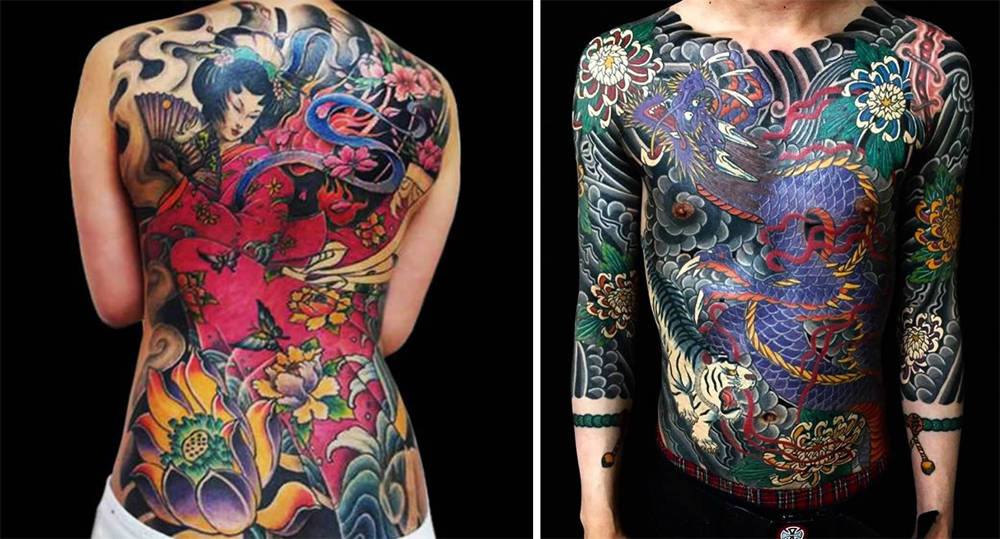
But what do all these tattoos symbolize? There are many hidden and secret codes among them. They all have - what we would say - a central and highly symbolic idea, however, depending on the member who "hits" them, there are also the details that "show" what he has done in his… illegal career.
In general, however, Yakuza members "hit" tattoos that have the following as their central idea:
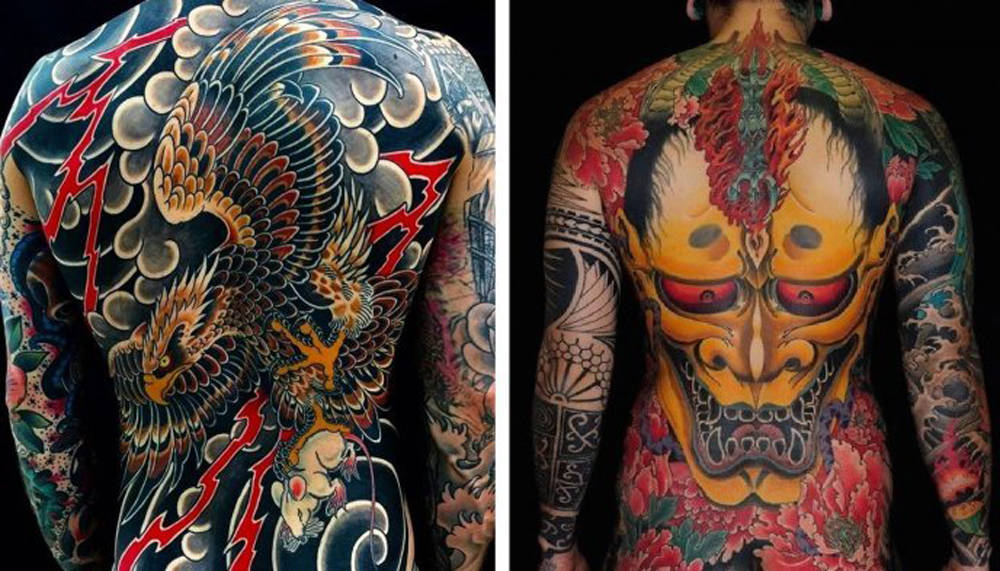
The samurai, is one of the key issues as Yakuza has adopted a variety of principles from Bushido. The Oni mask: Oni are demons or criminals, who all punish the bad guys. In the world of Yakuza it represents punishment or violation of codes of conduct. The dragon, as a symbol of protection showing wisdom, strength and bravery. The snake, symbolizing prophecy, wisdom and power. The Phoenix, represents triumph, redemption and rebirth.
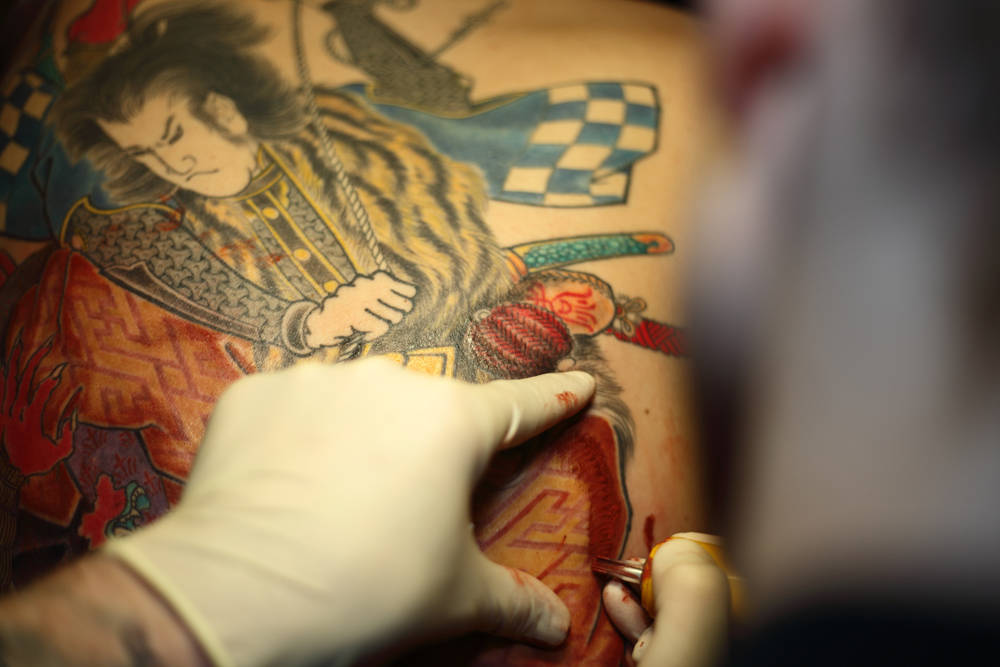
At the same time, they have as central idea or "dress" the central idea, with various flowers and plants. Indicatively, what happens most often are, the peony: the king of flowers of Japan, which in the "language" of Yakuza, means masculinity, strength and an attitude of "calm". The Chrysanthemum, which is considered a sunflower and its petals stand out like flames. The secret is in the center of the tattoo and shows the social status of the wearer. The Maple leaf which the Yakuza believe to largely represent the life cycle. The Lotus, which the Japanese mobsters consider to represent a person's struggle in life. Finally, there are the cherry blossoms, which represent life itself but are so fragile that as soon as they fall to the ground they disappear.
